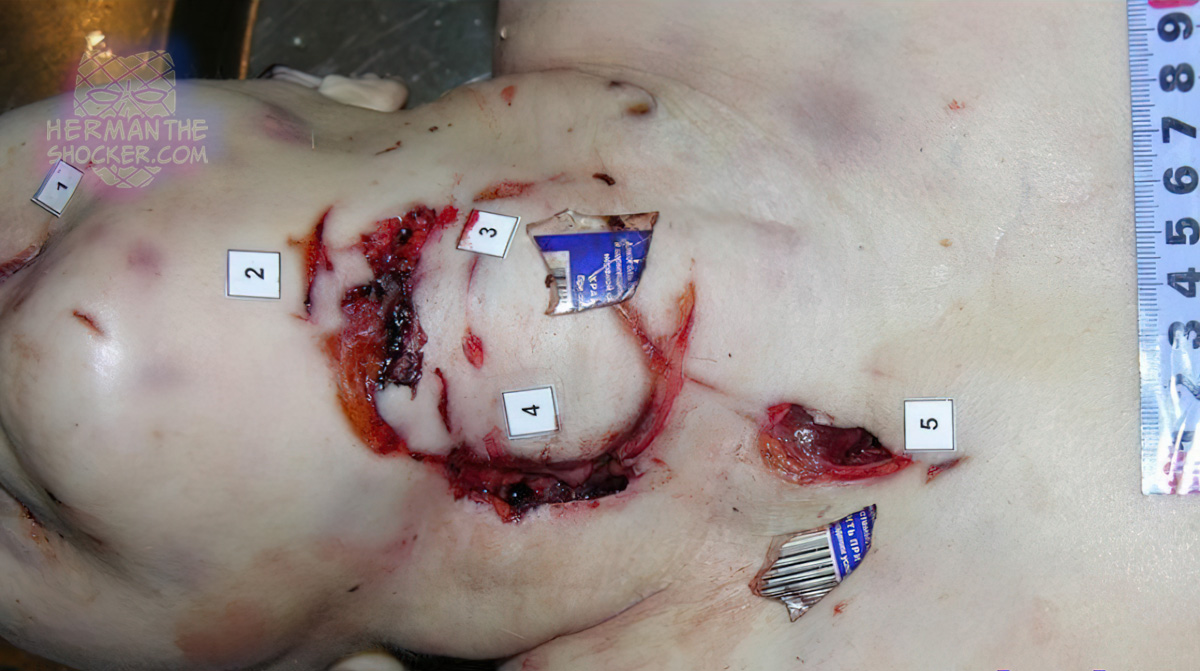Russia. This man was killed with a broken bottle and has deep cuts and lacerations on his neck. Homicides involving broken glass or other dangerous objects are less common than those using firearms or knives but do occur. From a forensic standpoint, these cases present unique wound patterns, including irregular lacerations, defensive injuries, and embedded glass shards. Blunt force trauma from heavy glass objects can cause skull fractures or fatal internal injuries. Crime scene reconstruction analyzes blood spatter, wound angles, and trace evidence to determine intent and sequence of events. While opportunistic and often linked to domestic violence or bar fights, forensic experts assess wound characteristics and object properties to distinguish homicide from accidental or self-inflicted injuries.
Latest posts








